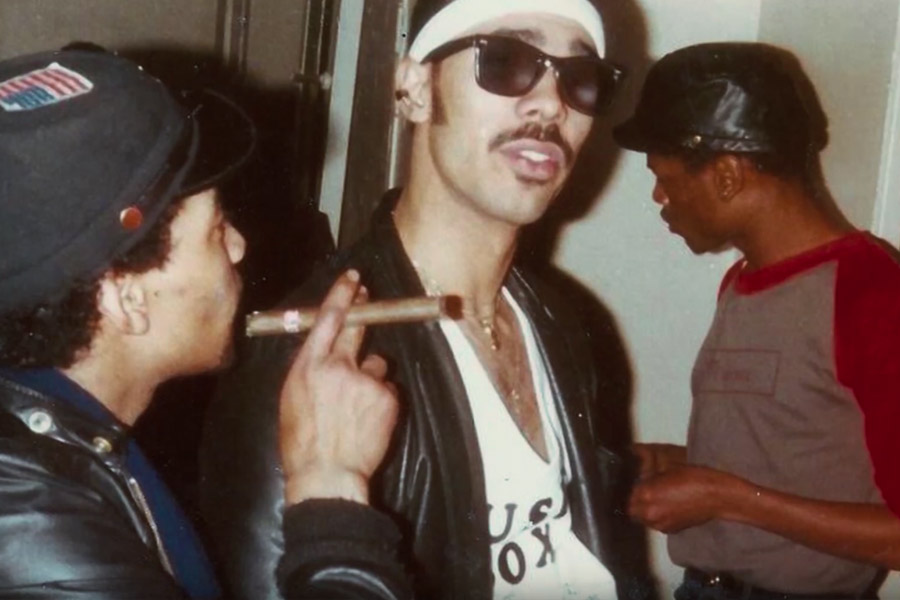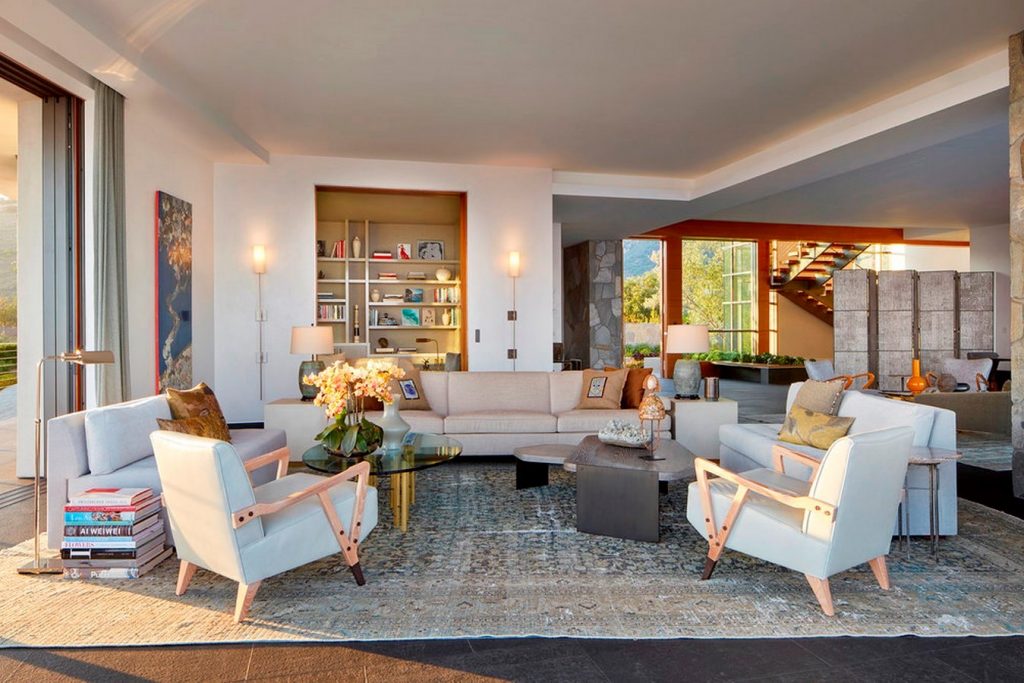Table Of Content
- Prominent House Music Artists and Tracks
- Your Favorite Song Lyrics, Explained
- Clubs as Temporary Locations: The Berlin Clubs in the Fight for Survival
- Jesse Saunders: ‘House music offered a safe space for Black and gay people’
- One More Time – Daft Punk
- Move Your Body (The House Music Anthem) – Marshall Jefferson
- The Birth of The Rave and New Genres

There are so many subgenres under Deep House, including but by no means limited to Slap House, Brazilian Bass, Outsider House, and Tropical House. This is possibly the most referenced subgenre in the whole article, as it inspired many of the later house subgenres. In fact, there’s a lot of hate for the subgenre as it feels too repetitive or predictable.
Prominent House Music Artists and Tracks
RIIZE's 'Impossible' hits global charts, expands K-pop with house music - allkpop
RIIZE's 'Impossible' hits global charts, expands K-pop with house music.
Posted: Sun, 21 Apr 2024 23:22:00 GMT [source]
But whatever you call it, there’s no question that long, floating jams are as vital as ever. With the likes of Theo Parrish, Moodymann, Norma Jean Bell, Omar-S, Kyle Hall and of course MK revered worldwide, Detroit is now known almost as much for house as techno. Although the city became synonymous with the machine funk of techno, from the very beginning house has been both a part of that and a force in the city in its own right. Indeed, before techno really settled in as the dominant genre definition at the end of the eighties, many Detroit pioneers considered what they did as an offshoot of house.
Your Favorite Song Lyrics, Explained

Artists started incorporating house beats into their tracks, and house remixes of popular songs became increasingly common. This period also saw the rise of various house sub-genres, as artists experimented with different sounds and techniques. Born and raised in the Bronx, he cut his teeth as a DJ in New York City’s clubs and gay bathhouses.
Clubs as Temporary Locations: The Berlin Clubs in the Fight for Survival
I was still in high school, and I went to a club in Baltimore, where I lived, called Odell’s – its tagline was “You know if you belong” – and it had this amazing sound system. You would feel it in your body because the sound system was so thunderous, warm and resonant. It was a communal experience, a place where people went to escape the struggles of their daily life or be accepted by a group that was inclusive of everyone. From Chicago to New York, Manchester, London, Tokyo, Paris and Berlin, house seeded local scenes and reshaped pop.
Jesse Saunders: ‘House music offered a safe space for Black and gay people’
This new style was referred to as the “Warehouse sound” or “House” music, a reference to the club’s name. You would hear R&B, disco and things that went beyond that too, into the alt-rock and new wave sounds at the time. But there was also the burgeoning sound of what was the beginning of house music, which was kind of an amalgam of all this music but done in a very minimal style. Technology was coming in that allowed new, young DJs to start putting beats, samples and ideas together on basic four-track recorders. In New York, Chicago and Baltimore, it was just our own world, but we were creating this storm.
In EDM and House music, vocals are not viewed in the same way as in more traditional music. This is another aspect that distinguished the genre from its Disco ancestor. As with many genres, the developing nature of House Music makes it hard to define what is and what is not House music.
Move Your Body (The House Music Anthem) – Marshall Jefferson
Many bass music acts – Skream and Solardo most notably – crossed over and became huge names in a new style. While other sub-genres have evolved over time, acid house arrived fully formed. The foundational tune, “Acid Tracks” by DJ Pierre, Herb J and the late Earl “Spanky” Smith, came like a bolt from out of the blue, and still sounds untouchably advanced to this day. It turned the Roland TB-303 bassline generator — an almost obsolete synth that was originally intended as a simple automated accompanist for solo musicians — into the most iconic instrument in all of dance music. A tape of the “Acid Tracks” was hammered by Ron Hardy in the Music Box in 1986 and became one of his signature tunes. Released in 1987 on Trax, it immediately set off a whole new style in Chicago.
The Birth of The Rave and New Genres
It’s hard to pin down exactly when big riffs really started dominating, but it must be somewhere around the birth of electroclash in the late ‘90s. Above all, the mighty Defected label – with the various imprints it’s taken under its umbrella, like Classic Music Company, Nu Groove, and Soul Heaven – has seen to that! When you’ve got a heart-stopping voice and a rock solid beat, — whether it’s a hands in the air banger or a small hours heartbreaker — soul never ages. The phrase “progressive house” started to emerge somewhere around 1991 as a reaction against the increasing mania of hardcore/rave music. While the levels of cheese in future house might be high for some, with people like Woolford and The Blessed Madonna working hard to connect the pop world to more underground house, it’s going to be fascinating to see where this goes next. For a brief time, it almost seemed like hip hop and house would fuse completely as New York and Chicago both fell for hip house in ‘88-’89.

In New York as well the genre grew rapidly in parallel to the Windy City. In particular, Larry Levan and the legendary club Paradise Garage where he stood behind the decks from 1977 to 1987 were responsible for this growth. In this article we explore what aleatoric music is, the history, and give video examples. Mainland Europe was dominated by trance, and DJs like Paul Van Dyk, Tiesto, and Armand Van Buren became worldwide phenomena. Breakbeats also became huge during this era, with Fatboy Slim, The Prodigy, and The Chemical Brothers hitting billboard charts.
A track like the Chris Lorenzo/DJ Zinc teamup “Full of Love” perfectly captures where the sound is right now. John Summit exploded onto the scene in 2020 with his hit "Deep End," released on Defected Records, which became the longest-running Beatport No. 1 track of the year. Regardless of your opinion, he has become one of the most popular house music acts in recent days. Between the mid-1980s through early 90s, clubs from New York City to Miami saw Tenaglia fill dance floors on a weekly basis.
Fall In Love with House Music - Her Campus
Fall In Love with House Music.
Posted: Sun, 21 Apr 2024 00:00:00 GMT [source]
Arguably electro house paved the way for contemporary EDM and massive festivals like Tomorrowland. By the mid-1990s the house music from Chicago and other American cities had morphed into electronic dance music styles like acid house, trance and drum and bass. These styles came back to the American mainstream as the millennium approached, now packaged as "electronica." Soon, artists like Madonna, Rickey Martin and Jennifer Lopez were singing over tracks you could dance to at a club. By the early 2010s the electronic dance music genre had grown from its roots in these tight-knit, marginalized communities in Chicago to become a massive industry, generating billions of dollars. The first direct descendant of disco in the early 80s, house music, emerged as an underground movement born out of the urban gay culture in New York City. House is said to have been “born from the ashes of Disco” after the launch of an anti-disco movement.
But he moved to Chicago in 1977, specifically to become Saturday night resident at The Warehouse, a club that his friend Robert Williams was opening. Other DJs in clubs and radio were following suit, and notably the Hot Mix 5 team (featuring DJs like Ralphi Rosario and Farley “Jackmaster” Funk) on WBMX helped cement this as the sound of Chicago. Funnily enough though, it wasn’t until after Knuckles had left The Warehouse to found The Power Plant in 1982 that he started to use drum machines live in his set, and others in Chicago began making what we’d recognise as house records. That is to say, “house” existed as a culture in Chicago for a good while before it was a sound as such. During the 2010s, multiple new sounds in house music were developed by DJs, producers, and artists.
House clubs have been compared to churches in that they uplifted their patrons and brought communities together. In a lot of cases, the vocal parts of songs were sampled from other music and repeated on certain parts of the tracks. While there were many songs with vocals, the majority of house music was purely instrumental with vocal sampling and as minimalist as possible. We said house music split off into several different subgenres but neglected to talk about any of them. For this section, we’ll go over the different styles of house music throughout the years, including some of the more recent ones. It really meant to pick up where disco left on in the 1970s and took a lot of influences from the scene.
The explosion scattered records high into the air and left a crater in center field. Chaos then erupted when thousands of fans rushed the field, started fires by burning records, and vandalized the stadium. The riots and a ruined field forced the White Sox to forfeit the second game. Some of the biggest names in house music will be celebrating the 40th anniversary of the genre in Grant Park as part of this summer’s NASCAR Chicago Street Race Weekend (July 6-7), it was announced Thursday.


No comments:
Post a Comment